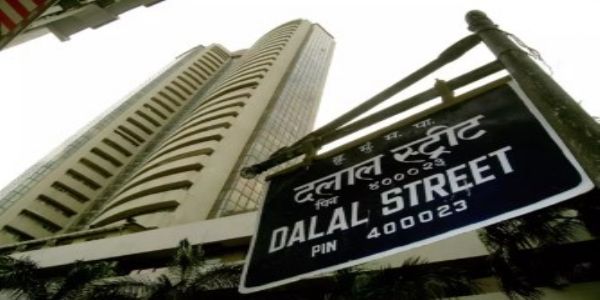
Delhi, 8 September (H.S.): The Government’s latest reform on the Goods and Services Tax (GST) is set to deliver a strong stimulus to India’s heavy industries, particularly in the automobile and transport sectors. The Ministry of Finance has announced sweeping rate reductions across vehicles, auto components, and transport services, aimed at reviving demand, lowering costs, and fueling job creation.
Automobiles to Gain Momentum
The automobile sector, one of India’s largest employment generators, stands at the forefront of this tax rationalisation. GST on two-wheelers up to 350cc has been slashed from 28% to 18%, significantly reducing prices for rural and semi-urban households where bikes are a primary mode of transport. Affordable pricing is also expected to benefit gig workers and daily wage earners, improving savings and affordability of credit-driven purchases.
Small cars too will become more attractive to first-time buyers, as rates fall from 28% to 18%. This will expand mobility in smaller towns, boost sales for dealerships, and uplift ancillary industries such as finance and maintenance services. Large cars will face a simplified 40% flat GST rate, with the removal of the additional cess making taxation clearer and ensuring full Input Tax Credit (ITC) for manufacturers.
Tractors, a critical component of rural mechanisation, now enjoy reduced GST at 5% (from 12%) for models below 1800cc, while larger road tractors for semi-trailers see a cut from 28% to 18%. The move is expected to increase farm productivity, lower costs for farmers, and boost India’s stature as a global tractor manufacturing hub.
Strengthening Public and Commercial Transport
Buses with seating capacity over 10 passengers will now attract 18% GST instead of 28%, making public transportation more affordable for fleet operators, schools, and state undertakings. The lower rates are expected to promote a shift from private to shared mobility, easing congestion and pollution in growing cities.
Commercial goods vehicles, which transport nearly 70% of the country’s freight, have also seen GST reduced to 18% from 28%. Lower truck costs will translate into reduced freight rates, easing logistics expenses for multiple sectors including agriculture, steel, cement, FMCG, and e-commerce. This measure is anticipated to improve India’s export competitiveness and align with the PM Gati Shakti initiative and National Logistics Policy.
Auto Components and Ancillary Industries Boosted
Auto parts, previously taxed at higher slabs, now attract 18% GST. With a large share of the auto component industry comprised of MSMEs, lower taxes will encourage expansion and fresh investments. Services relating to passenger and goods transport have also been rationalised, with businesses permitted to opt for 5% or 18% GST depending on their requirements, thereby reducing cascading tax effects.
Wider Economic Impact
The GST rationalisation extends beyond taxation relief. With vehicle purchases being heavily dependent on financing, the surge in auto demand is expected to boost retail loan growth and improve asset quality for banks, NBFCs, and fintech lenders. The move is also forecast to generate fresh employment in manufacturing, logistics, dealerships, and the informal repair sector.
Industry experts predict that lowering costs and making taxation more predictable will foster a favourable investment climate under Make in India, helping India emerge as a stronger hub in global supply chains. Meanwhile, preferences for cleaner, new vehicles may be enhanced, reducing emissions and advancing sustainable mobility.
The GST reform thus serves as a multi-pronged economic accelerator—strengthening supply chains, broadening financial inclusion, spurring job creation, and ensuring more affordable mobility for millions of Indians.
---------------
Hindusthan Samachar / Jun Sarkar








